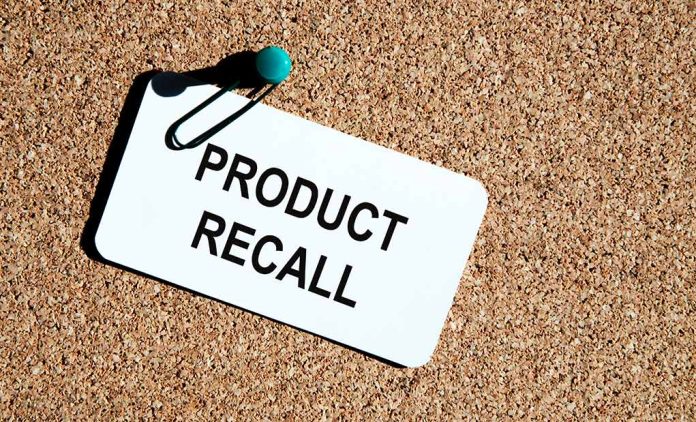
Volvo Cars is recalling over 413,000 vehicles in the United States due to potentially dangerous rearview camera defects while simultaneously slashing jobs at its American manufacturing plants.
Key Takeaways
- Volvo is recalling 413,151 U.S. vehicles from model years 2021-2025 due to faulty rearview cameras that may not display images while in reverse.
- The recall affects popular models including the XC40, with repairs available through software updates at dealerships or via over-the-air updates.
- Volvo is cutting 5% of its workforce at its Charleston, South Carolina plant while restructuring its American operations.
- These workforce reductions come as Volvo withdraws its earnings forecast, citing the impact of tariffs on its business model.
- This recall follows a similar issue with Polestar, which recently recalled over 27,000 Polestar 2 vehicles that share platforms with some Volvo models.
Major Safety Recall Affects Hundreds of Thousands
Swedish automaker Volvo Cars has issued a massive recall affecting 413,151 vehicles across the United States due to a potentially dangerous rearview camera defect. The recall, announced on May 7, 2025, includes various models from 2021 to 2025, with the popular XC40 being one of the affected vehicles. The issue involves the rearview camera system failing to display images when the vehicle is in reverse, significantly increasing the risk of crashes and endangering both drivers and pedestrians. This recall represents one of the larger safety campaigns in Volvo’s recent history and highlights ongoing quality control challenges in the automotive industry.
The recall is particularly concerning for a brand that has built its reputation on safety innovations. Volvo is addressing the problem through software updates that can be installed either at dealerships or through over-the-air updates for compatible vehicles. Owners of affected vehicles will be notified by mail, and the necessary repairs will be performed at no cost to consumers. The National Highway Traffic Safety Administration (NHTSA) has been working with Volvo to ensure proper implementation of the recall procedures and to monitor the effectiveness of the proposed solutions.
Connection to Polestar Issues
This recall comes shortly after Polestar, an electric vehicle manufacturer with close ties to Volvo, reported similar camera-related issues. Polestar recalled over 27,000 of its Polestar 2 vehicles in the United States due to comparable rearview camera problems. The connection between these recalls is noteworthy because Polestar 2 shares a platform with some Volvo cars, indicating potential shared component failures across multiple vehicle lines. This technological overlap stems from the partnership between the two automakers, which has allowed them to share development costs but now appears to have resulted in shared quality control problems.
The recurring camera issues across both brands raise questions about the reliability of the supplier components and the quality assurance processes in place at these manufacturers. Industry analysts note that modern vehicles increasingly rely on camera systems and other advanced driver assistance technologies, making their reliability more critical than ever before. The similarity in defects suggests a systemic issue in the supply chain that both Volvo and Polestar will need to address to prevent future recalls of this nature.
Workforce Reductions and Business Restructuring
While dealing with the recall, Volvo Cars is simultaneously implementing significant workforce reductions in the United States. The company has announced plans to cut 5% of its workforce at its Charleston, South Carolina manufacturing plant. This decision comes as part of a broader restructuring of its American operations, triggered by changing economic conditions and market pressures. The timing of these workforce reductions alongside a major recall creates a challenging situation for the company’s public relations and customer confidence.
Adding to the company’s challenges, Volvo has withdrawn its earnings forecast, citing the impact of tariffs on its business model. This move indicates the significant financial pressures the company faces in the current economic climate under the Trump administration’s trade policies. Volvo’s strategy appears to be adapting to these challenges through operational streamlining and cost reductions, even as it addresses safety concerns through the recall program. These parallel actions demonstrate the complex balancing act automotive manufacturers must maintain between cost management, workforce optimization, and customer safety.









